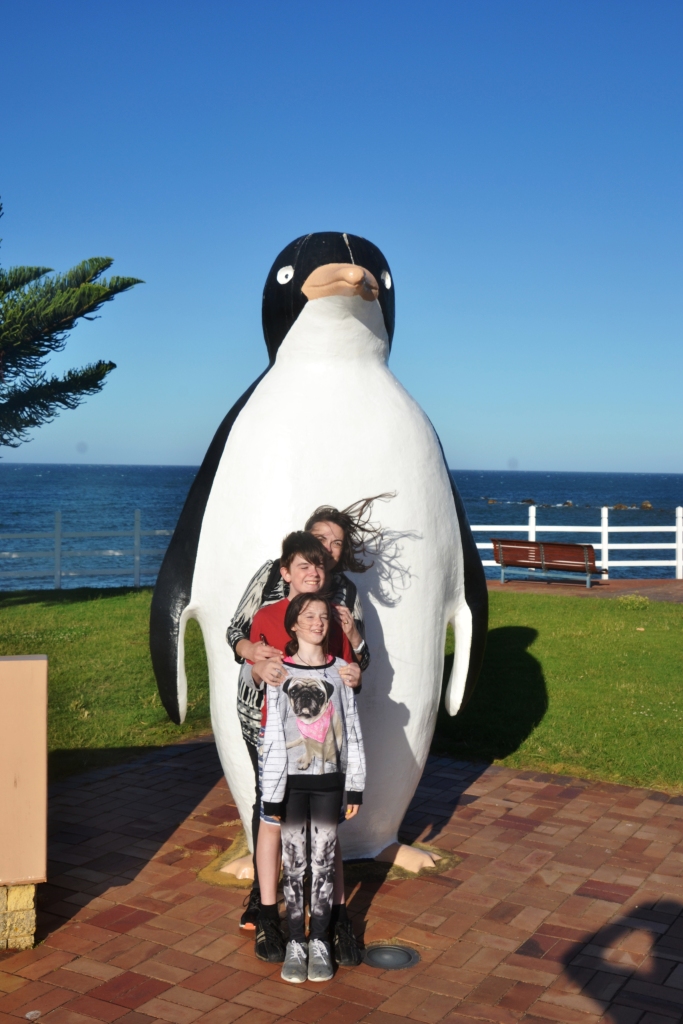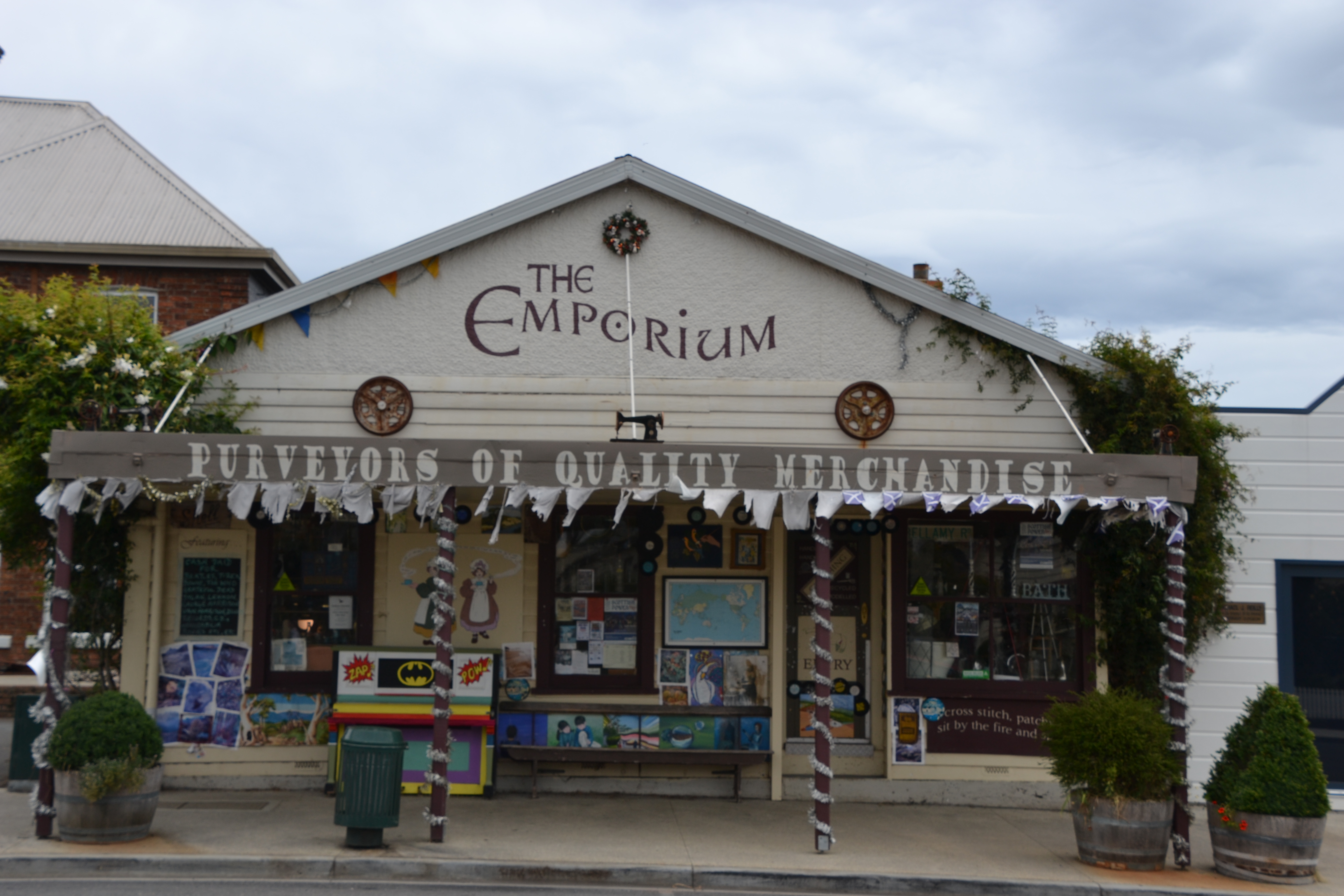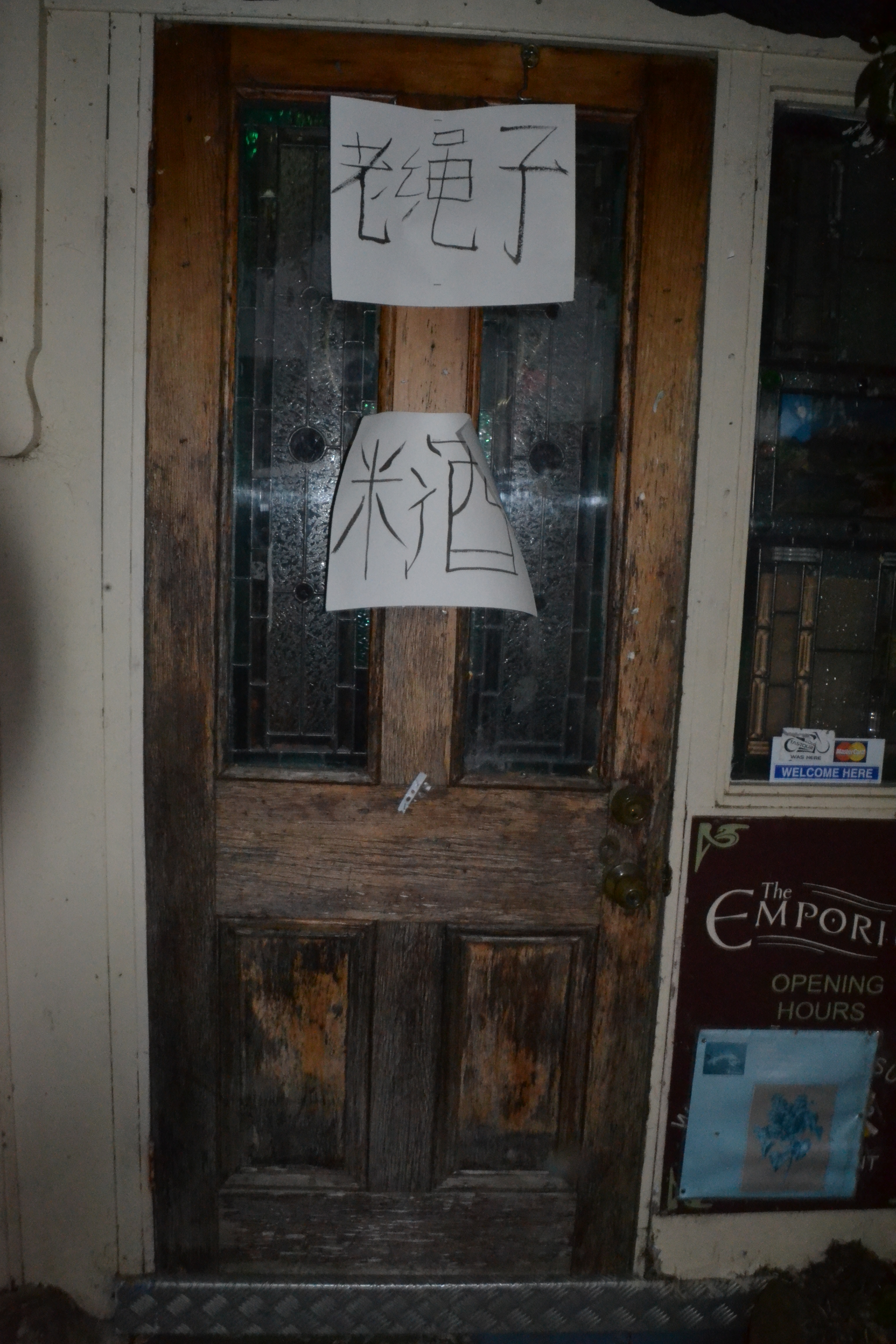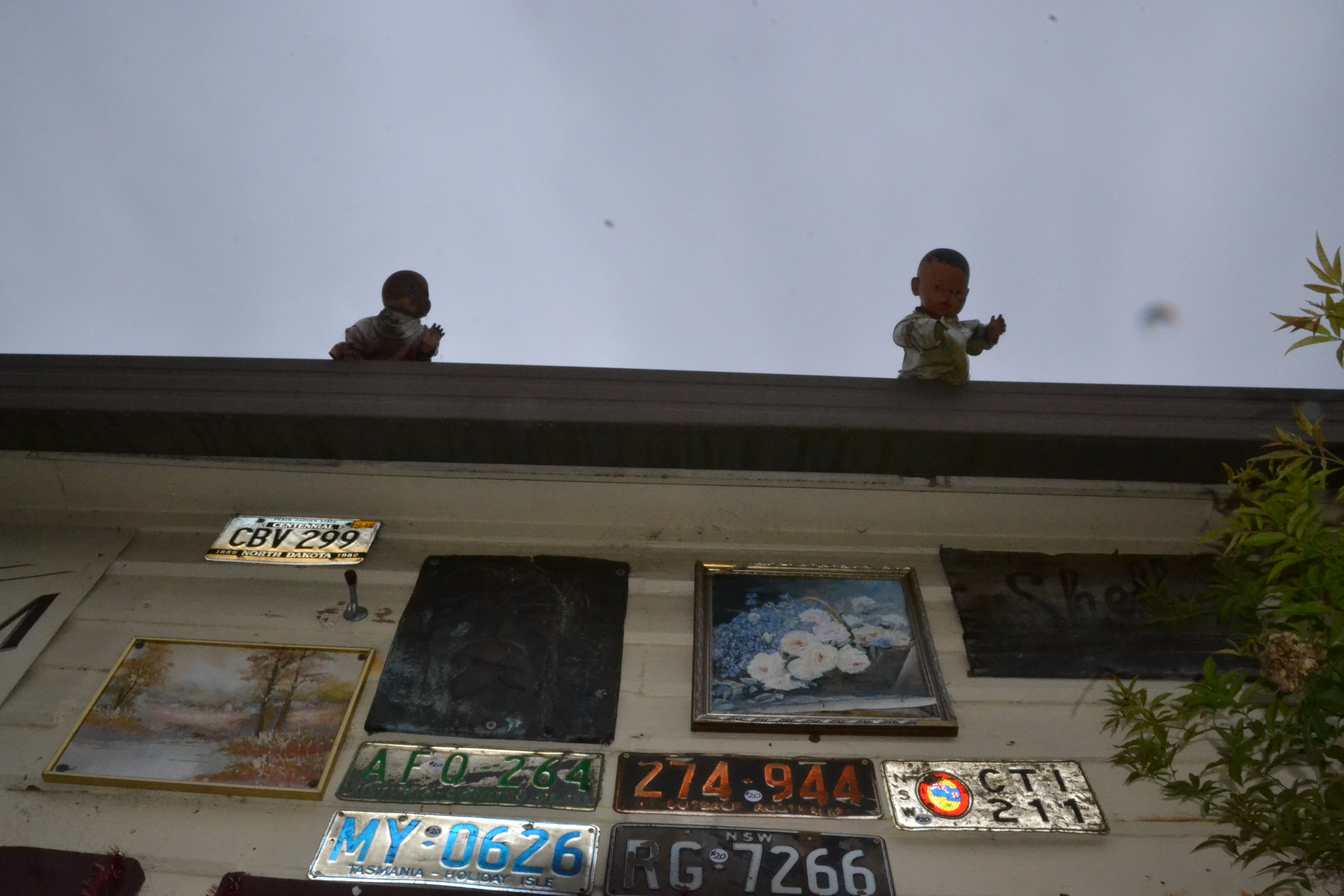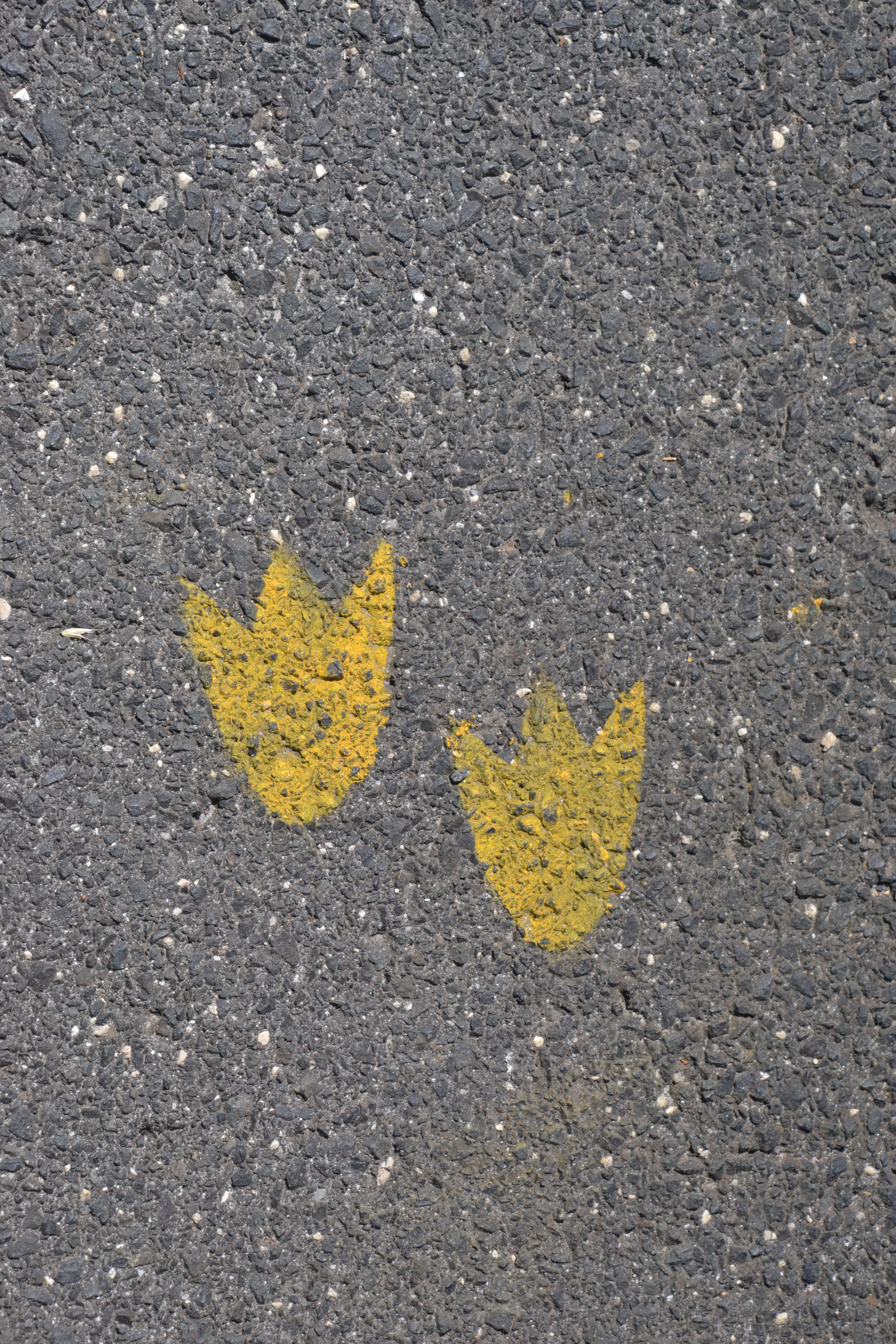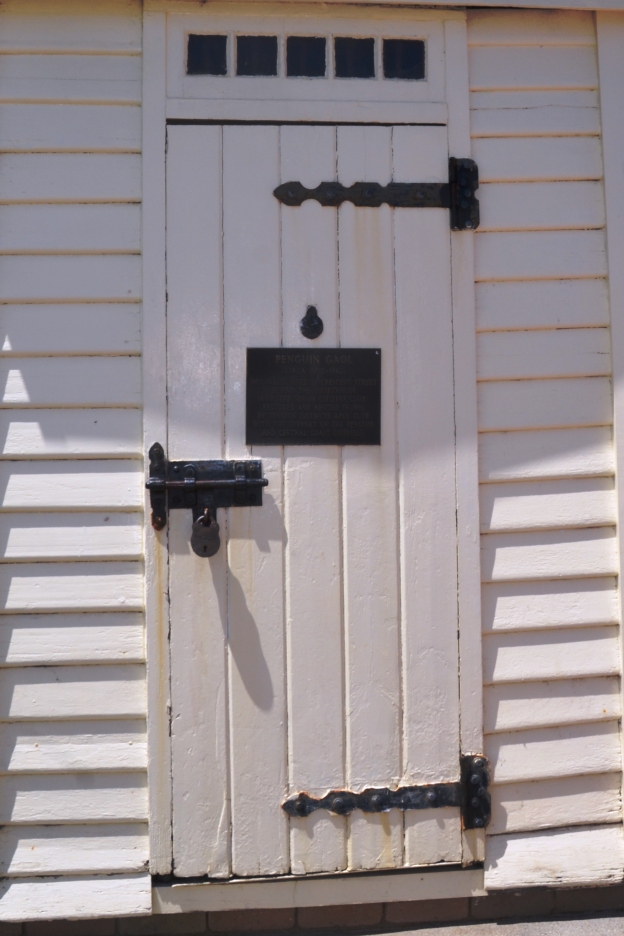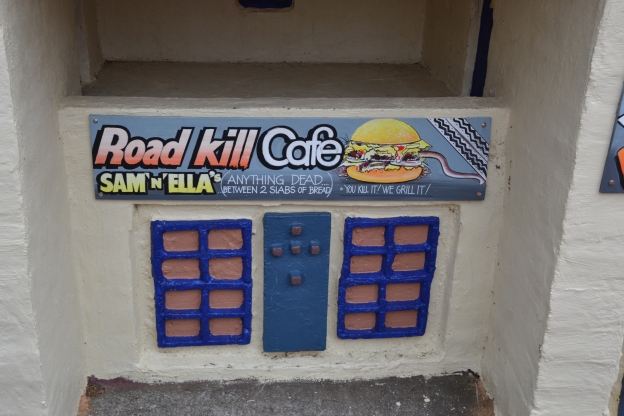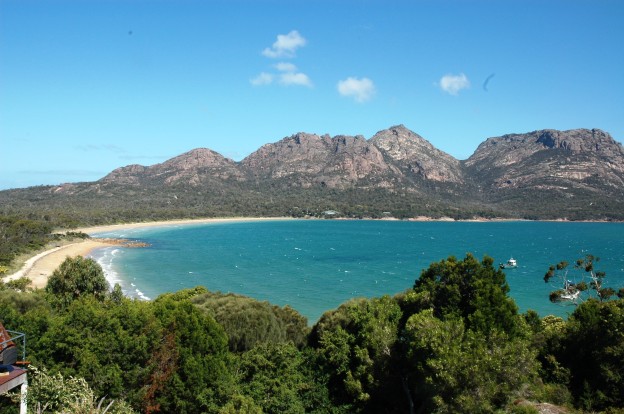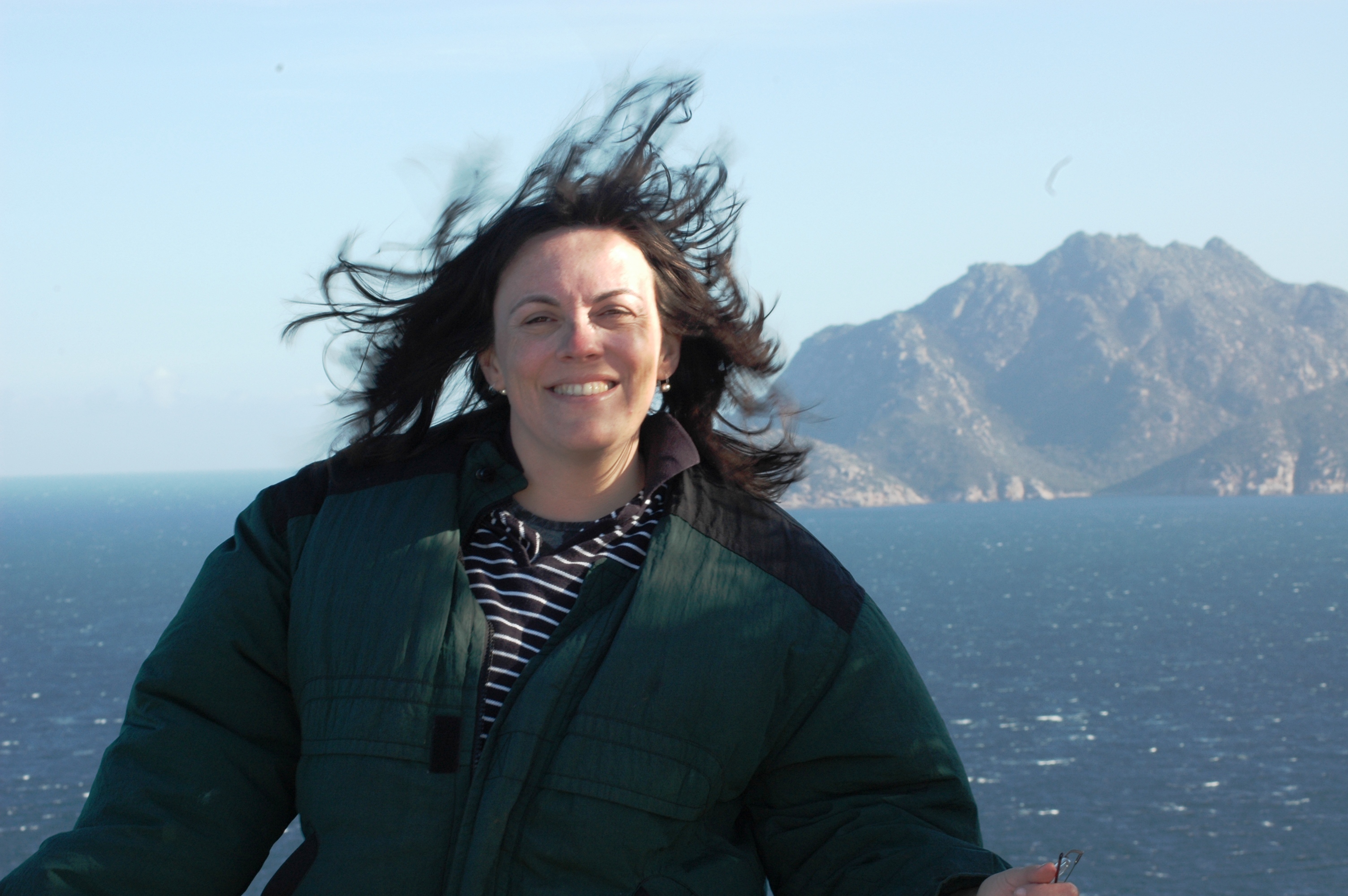Never trust a postcard! Calm seas and blue skies, can turn in an instant as the fury of the sea reveals itself in all its might.
While researching Tasmania’s Wineglass Bay, I came across this thrilling story of being shipwrecked on Tasmania’s East Coast from 1935 when you largely had to save yourself from the stormy depths:
SHIP-WRECKED MEN TELL OF TERRIBLE EXPERIENCE .. . . . .
LOST CUTTER Crew’s Thrilling Escape LONG ORDEAL HOBART, Thursday.
Clad in the tattered remnants of the clothing they had worn during their terrible experience, and grasping battered suit-cases, still showing signs of immersion in salt water, Thomas Aldrich and Carl Henderson, survivors of the ill-fated fishing cutter Derwent, stepped wearily from a ferry steamer on to the Brooke-street pier to-day. They had reached Hobart – their goal-in a vessel called the Derwent, but their own vessel, similarly named, with all their personal belongings, fishing gear, papers, and money, lies in eight fathoms of water off the Schouten Peninsula. Unshaven and unkempt, one wearing thigh boots and the other borrowed shoes, with their clothes torn and dishevelled, and their faces want and drawn, as the result of their experience, the two men unfolded a remarkable story of their desperate fight against terrific odds, and of how finally they had won through to land exhausted on the East Coast after their vessel had sunk almost beneath their feet.

“I have been at sea for 21 years, and have previously been shipwrecked at the Falkland Islands,” began Henderson; “but never in my life have I seen such terrific seas or experienced such a terrible day.” With his companion, who owned the vessel, Henderson continued, he had set out from Stony Point (Vic.) on Easter Sunday in good weather, and had experienced an uneventful run to Wilson’s Promontory. After passing Curtis Island, however, the first mishap had occurred. The cutter began to leak in the bow, and examination disclosed that a bolt in the hull had been jarred and loosened, allowing the water to slowly filter into the vessel.
“Although I was obliged to take long spells at the wheel, we did not regard the mishap seriously,” continued Henderson, “and decided to push on, despite the fact that we were only about 30 miles from the Promontory. The weather became worse shortly after this, and we decided to shelter under Chappel Island. At 4 o’clock in the afternoon we anchored, and we then found that a crack had developed in the tiller as the result of the buffeting we had received.
Raging Gale
Henderson said the tiller had been successfully patched and the voyage had been continued in finer weather. On Monday night last, when the vessel sheltered at Preservation Island, rain began to fall heavily, and the breeze freshened. Driving rain continued throughout the night, and gradually the south-easterly wind became a raging gale.
“We realised that our position was precarious,” said Mr. Aldrich. The sea had been lashed to a fury. The waves were leaping 40ft. high, and a 30-mile gale was blowing. Hour after hour my friend (Henderson) hung on to the wheel, and I pumped desperately. We had lowered the sail, and for 19 hours Henderson endeavoured to keep her to the wind whilst I worked under his instructions. When dawn broke, mist and blinding rain prevented us from sighting land. And then the engine stopped. The boat had been straining heavily under the power of the engine and the reefed sails, and we had sighted land somewhere near Maria Island and Schouten. We decided to make for Wineglass Bay, and would have made it all right only for that mishap.
‘Mountainous seas were dashing over the combings, and the engine stopped. “Our position was now even more desperate,” continued Aldrich. “Abandoning the pump, I clawed my way to where Henderson was fighting to hold the wheel over, and levered my shoulder to the wheel in an endeavour to keep her to her course. The gale was bending the staysail like a whip, and the terrific strain apparently was too much. Suddenly the water began to pour into her. Henderson scrambled below, waist-deep in water, in an endeavour to grasp our bags, while I struggled desperately with the dinghy. He threw a bag up, thinking it was mine, but he had found the wrong one.”
Unforgettable Hours
“We dared not delay,” said Aldric “and we lowered the dinghy with great difficulty into the heaving sea. Immediately the boat was half-filled with water, but, by bailing, we managed to keep afloat and move away from the cutter. Within seven minutes from the time the water began to pour in, she had disappeared. “We spent three hours in the dinghy that I will never forget,” continued Aldrich. “For two hours I bailed while Henderson used the paddles. Then for another hour we searched the coast in an attempt ‘to find a suitable place to land. It was only with the greatest difficulty that we kept the dinghy afloat, and as we could not make Wineglass Bay, we decided to make for Sleepy Bay, where the seas were crashing onto the rocks. Henderson; who was doing a wonderful job, forced the dinghy in, stern first, and with waves spraying up alot, I jumped for the shelving rock. How I landed I do not know, but I managed to grab the rope that Henderson threw to me, and we gained the shore. A few moments later the dinghy was dashed to pieces”
For a ‘while the men rested exhausted on the inhospitable shore, but rousing themselves from the stupor into which they had fallen, they scrambled up the steep hills of the Hazard Mountains. Luckily, Henderson knew the whereabouts of a prospector’s camp, and after wading waist-high through swollen creeks and streams the men reached the camp. “I was all in then,” said Aldrich, “and when I saw McCrac and Fenner I dropped at their feet.” The prospectors did all they could for us, and gave us the first food we had had for 15 hours.” The shipwrecked men stayed the night with the prospectors and then began to walk overland to Swansea “We must have walked 40 miles,” said Henderson, “and when we reached Swansea with our suitcases, which were practically empty, we went to Captain Taylor, of the Bay View Hotel, who communicated with the Commissioner of Police (Colonel J. E. C. Lord) and did all he could for us.” Examiner (Launceston, Tas. : 1900 – 1954), Friday 3 May 1935, page 7

